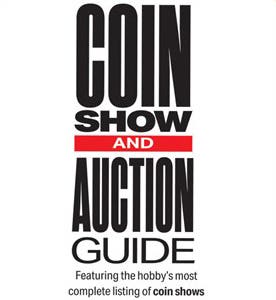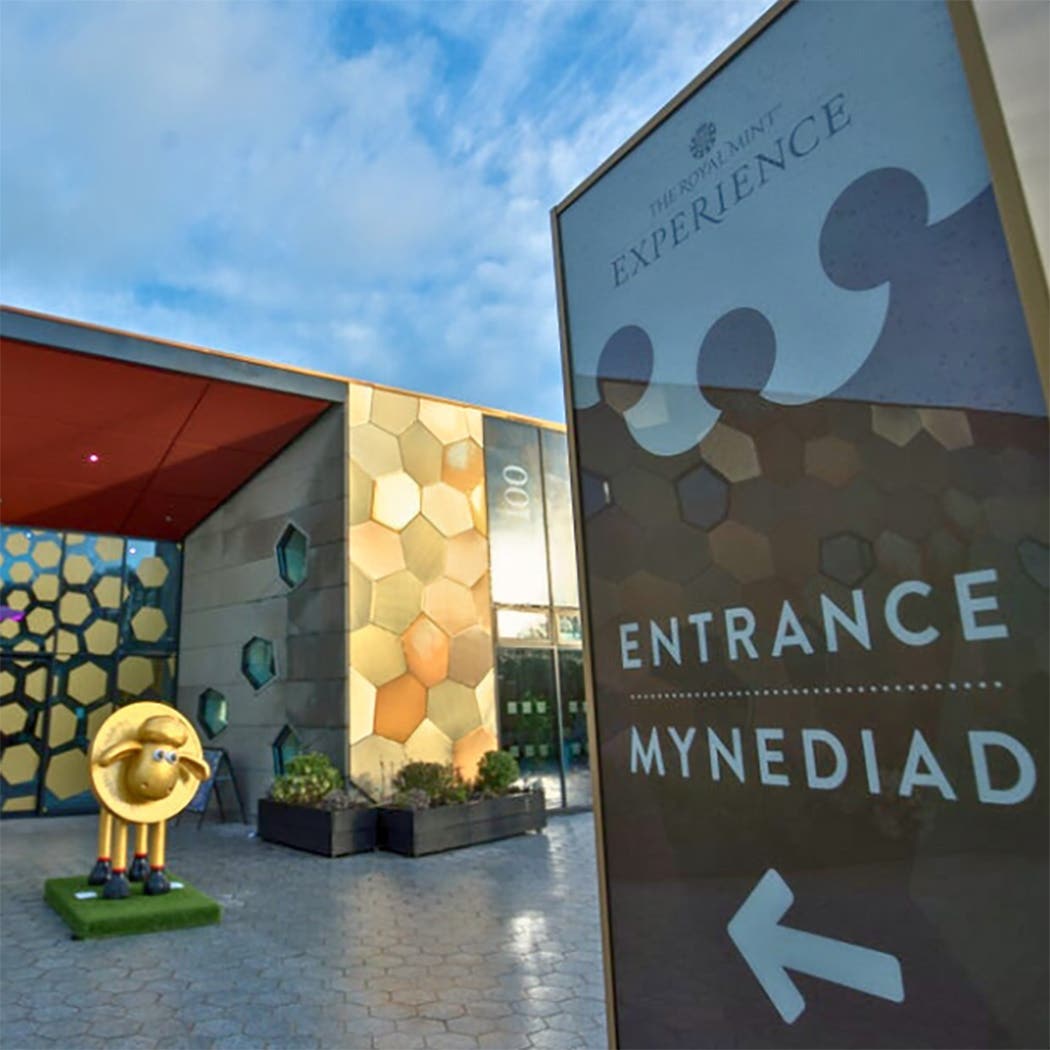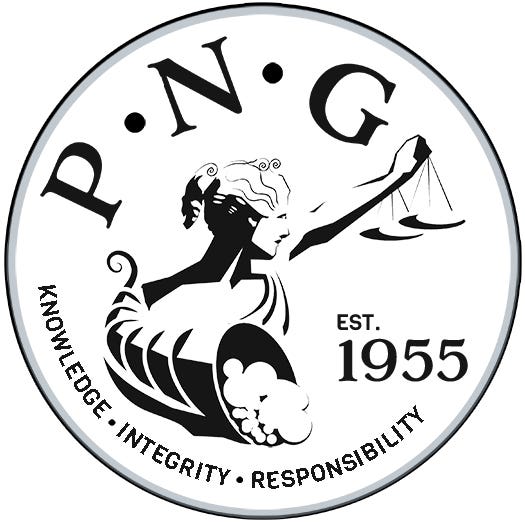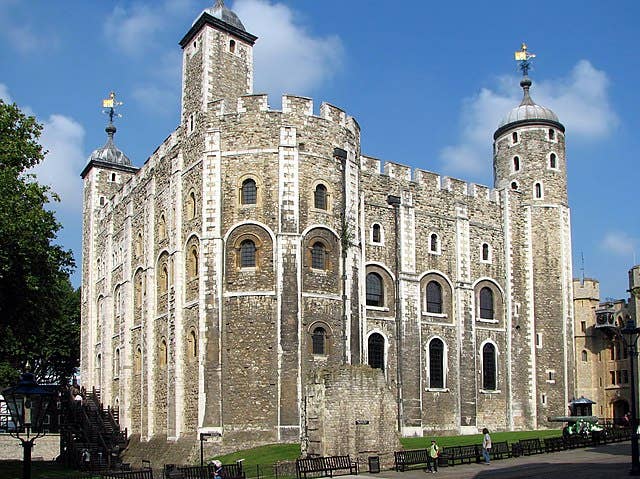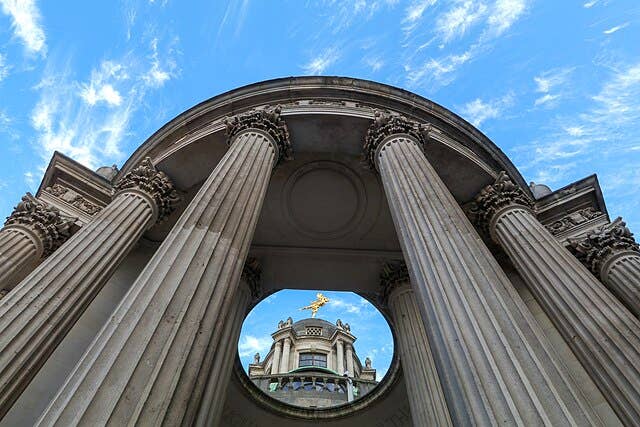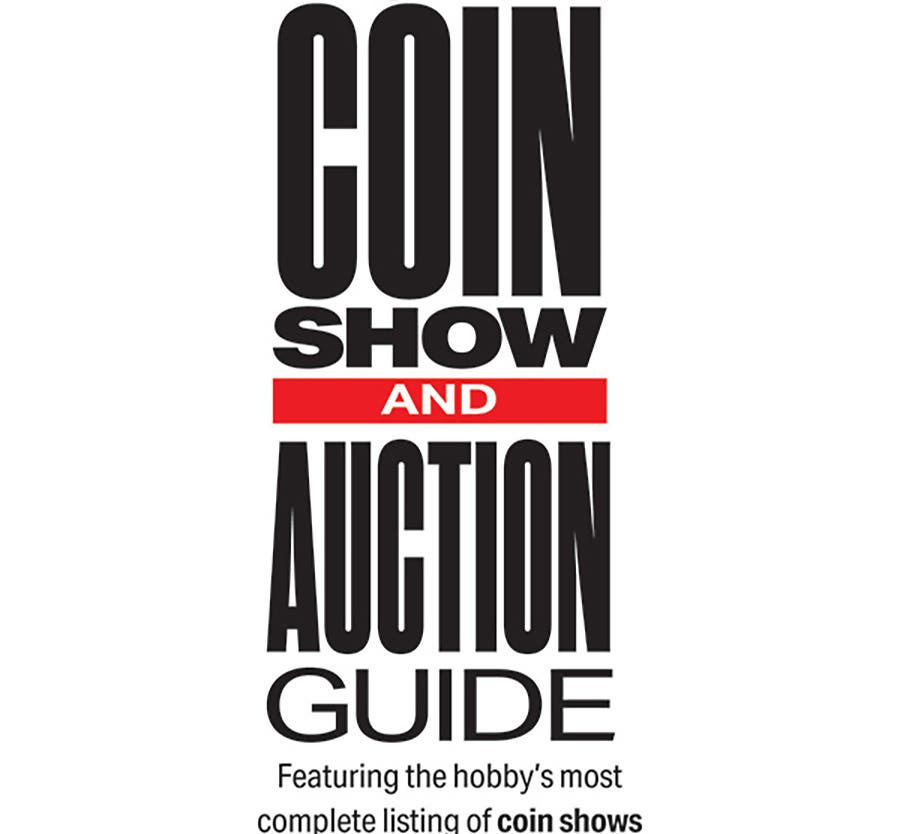Mid-August, typically hot and humid weather, is the reminder that the American Numismatic Association is at anniversary convention, a place where collectors, organizations and exhibits come together in a way quite like any other group does.
The Florida United Numismatists convention in January (FUN) is larger and has more tables, and Long Beach may have more powerful high-end coins on a consistent basis, but it’s the ANA convention that collectors bundle off to, and where groups who do not gather elsewhere meet once each year.
Lately, ANA has struggled with whether to have more than one convention each year. That, of course, is what they did in the “old days,” for it was not until 1978 that a “mid-winter” show was held. (Those in attendance will never forget the ice rink of the Broadmoor Hotel in Colorado Springs; it had a thick covering designed to allow visitors to walk on the surface; but those who stood too long in one place knew the meaning of “cold cash.”
To my way of thinking, the ANA annual show is a great way to get a look at the market and to place it in perspective. That’s in part because of all of the different types of material that the show has, ranging from a section of the bourse area that has coins that sell for under $100 to an auction where price records are regularly smashed and set the market trends for months to come.
I went to my first ANA convention more than 40 years ago when it was held at Philadelphia in the basement of the old Statler hotel at 16th and Market streets, above the train station that provided subway service for the City of Brotherly Love. The coins in bourse cases shook and rattled as trains came in.
Ceilings were less than 8 feet high, the conditions were by today’s standards crude, and it was, as they say, a heck of a way to have a convention.
But it was at that convention that I bought my first rare coin, an 1883 Hawaiian quarter, in uncirculated condition. It cost $19, and I learned a valuable lesson from its seller, dealer Tom McAfee of Tom’s Coins, Honolulu.
I asked Tom if it was a “63,” which in those days meant choice uncirculated.McAfee told me that if I wanted to see another uncirculated coin or two, he had one at $17 and another at $21. I eventually got the point, but money was tight (I was just starting college at Georgetown in the fall) and picked the $19 quarter for my collection. I put $1 down and paid $3 a month for six months – and the coin was mine.
Hawaiian coinage fit my collecting eye nicely. It was a small series (or at least I thought so in 1969) and looked like it could be completed over time. There were one cent pieces, a dime, quarter, half and silver dollar (I learned about the pattern dollars later, along with the nickel and eighth of a dollar (12.5¢); it all looked manageable.
McAfee was a smart dealer, a member of the Professional Numismatists Guild, and a good salesman. He allowed me to trade some of my coins for better ones that required additional payment. And actually, for many years after he sold me my first really rare coin (it sounds ridiculous to say that a $19 coin was rare, but it was), I was in perpetual debt to Tom, always buying or upgrading another Hawaiian coin.
One of my purchases was an 1881 Hawaiian nickel in very fine condition, but with a rim nick. I think it cost me $2,500. I finished paying it off just before the next year’s ANA convention, and, sure enough, when I went over to Tom’s table, he asked if I wanted to upgrade it. I did. (The coin sold in the 1994 ANA auction, by Heritage, for around $4,000).
Eventually, I also acquired (from McAfee, of course) some Hawaiian dollar patterns. When it came time to sell the collection – I had a house to buy – the ANA convention auction was ideal for me. Heritage sold it at the 1994 ANA sale. They had a great audience and the prices realized reflected their salesmanship as much as the audience attending.
The coins included in the ANA auction are also a good bellwether to the marketplace as a whole. I have always picked some coins to look at and for the past 40 years or so have profiled them in my “Under the Glass” column, which debuted in Numismatic News for the 1969 ANA in Philadelphia. The key focus that year, however, was the opening of the new Philadelphia Mint.
This year, a splinter group that has met in conjunction with the ANA convention since its formation in 1964 (the Old Timer Assay Commissioner Society, or OTACS for short) came to Philly for what was billed as its last meeting. I had been invited as a guest to the 1969 meeting, but had been a member since President Nixon appointed me in 1974.
Because President Jimmy Carter discontinued the Assay Commission in 1980, there have not ben any new members in 32 years; the oldest member is Eric P. Newman (age 101, class of 1967), while the youngest is me (61). The leadership of the organization decided this was the right time to say goodbye to the organization, whose meeting was once of the most coveted of invitations.
Through some good contacts that I had at the Mint – I’ve known every director, personally, since Eva B. Adams (appointed 1961), and most of the professional staff – I was able to obtain permission for the last OTACS meeting to be held where, for most of us, our service began: the Commissioner’s Room (now called the President’s Room) on the third floor inside the Mint.
It turned out to be a lot more complicated than anyone imagined, and for a while it was touch and go, but eventually we found a caterer who was familiar with the Mint – everyone had to go through security – and auld lang syne came after a floor tour that was memorable to all in attendance.
Dorothy Baber (Class of 1973) probably took top honors for the oldest member (she looks decades younger than her 92 years), and Catherine C. Bullowa (Class of 1965) was named Chief Assayer (the equivalent of president), not so much for being the individual with the longest OTACS membership in attendance, but because of her long history of service to the coin industry.
Another organization that meets in conjunction with the ANA convention is ICTA, the Industry Council for Tangible Assets, which was founded to prevent the coin industry from ever again being surprised (or given the “shock and awe” treatment) by Congress, which during the 1981 ANA convention passed major tax legislation that dogs the industry to this day.
Bob Harwell of Atlanta is one of only two founding directors still active with ICTA. I’ve been on the board since the beginning, largely because my friend Luis Vigor was chairman and asked for some free legal advice. ICTA held a board dinner at the Union League Club in Philadelphia.
The Union League occupies an entire city block in the center of Philadelphia’s commercial and cultural district. It was founded in 1862 as a patriotic society to support the policies of President Abraham Lincoln and was one of the nicest locations that ICTA has chosen to hold its annual meeting. (It holds several others through the country during the year).
I joined the ANA as a junior member in 1967, just eight membership numbers past Mark O. Hatfield, (R59160), who had that year become a United States Senator. Starting in 1969, when ANA President Herbert Bergen appointed me to the Young Numismatists committee, I did what many do in organizations of this type: a lot of committee service.
Many of the committees meet during the ANA convention; thus, the exhibit judges meet, and can take courses toward their certification. The finance committee charts the course of the organization, the library committee and museum committee and other groups all take the opportunity to meet.
What started with Paul Whitnah acting as a “national volunteer” for communications at the convention – originally local volunteers served for the single show then moved on – continued with me first handling Young Numismatists (1970-1971), then moving to national publicity for the convention (1972-1978), and starting in 1978 legislative counsel to the ANA, which did a lot of volunteer work in Washington.
ANA couldn’t really lobby as an organization (ICTA could), but as legislative counsel I was invited to testify before various Senate and House committees from 1978 into the early 1990s, when I had already been elected as a governor (or member of the board of directors of the organization).
One of the most interesting of events took place in 1978 when the ANA convention was in Houston and the Senate Banking Commitee took up the concept of the American Arts Gold Medallions and invited Grover C. Criswell, then ANA president, to participate along with me as legislative counsel.
Grover and I went to Washington, preparing his testimony literally on the fly. He made the convincing case that these medallions (not legal tender) would give the krugerrand a run for the money. I have a number of funny stories to tell about this, but let me leave you with one.
I made my own flight reservations, and when Grover and I got to the airport, we discovered that he had a coach seat and I had one in first class. Grover was a big man in every sense of the word, but I knew enough to offer to switch – which he gratefully accepted. We laughed about it that night on our return to Houston where Grover and the entire ANA board was ensconced in Judge Roy Hofheinz’s suite at the Astrodome.
Auctions held during this year’s ANA convention had some neat coins that prove to be market bellwethers, among them the 1873-CC no arrows dime and the 1802 proof silver dollar. I have tracked these two rarities through the years.
My point of contrast, as it has been for some time, is an extended vision of the Salomon Brothers model coin portfolio, which I have brought back to a much earlier period from its 1978 origins, and more than 20 years into the future since its untimely demise around 1990.
The results are in and show a continued active coin market with tempered prices. Just what I would have expected from sales around the ANA convention.
When I went to the 1969 ANA convention in Philadelphia, I had just turned 18, didn’t have a credit card and paid for the hotel room in cash for a one night stay. It was a little bit different this time. Two days before the show began, I was involved in a deposition at Philadelphia and stayed at the Ritz Carlton. I ran back to my office in New York, then came down again the day before the convention opened, this time staying at the Marriott convention hotel.
Now, many of my friends from yesteryear have passed on; (while the show was in progress, word came that Harlan White, whom I had known for more than 30 years, went to that great convention in the sky). That’s the sad part. The nice part is that I’m still making and meeting new friends.
More Coin Collecting Resources:
• Subscribe to our Coin Price Guide, buy Coin Books & Coin Folders and join the NumisMaster VIP Program




